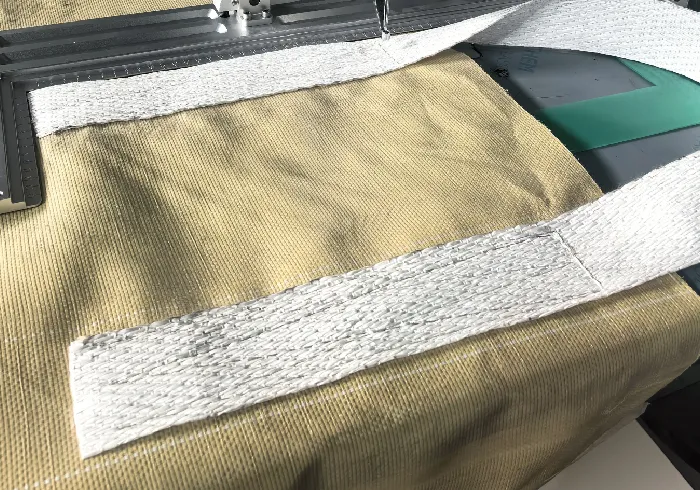industrial leather sewing machine price
Industrial Leather Sewing Machine Prices A Comprehensive Overview
The leather industry has long been associated with craftsmanship, quality, and durability. As the demand for leather goods continues to grow, so too does the need for reliable machinery to ensure that production meets modern standards. Industrial leather sewing machines play a crucial role in this process, allowing manufacturers to produce high-quality leather products efficiently. One of the key factors that businesses must consider when investing in these machines is their pricing. This article aims to provide an overview of industrial leather sewing machine prices while highlighting the factors that influence these costs and offering tips for making a savvy purchase.
Understanding Pricing Variability
The price of industrial leather sewing machines can vary significantly based on several elements, including brand reputation, machine capabilities, and additional features. On average, businesses can expect to pay anywhere from $1,000 to over $10,000 for a high-quality industrial leather sewing machine. Entry-level machines suitable for small operations may start around the $1,000 mark, while more advanced models equipped with automation and specialized features can cost upwards of $15,000.
Key Factors Influencing Prices
1. Brand Reputation Established brands often charge a premium for their products due to their reliability and reputation for quality. Companies like Juki, Consew, and Brother are well-known in the industry and offer machines that tend to be more expensive than lesser-known brands. However, investing in a reputable brand can result in better after-sales support and longer-lasting machinery.
2. Machine Features The functionality and features of a sewing machine significantly influence its cost. Machines designed for heavy-duty leather sewing will generally be more expensive due to their robust construction and specialized functions. Features such as automatic thread cutting, reverse stitching, and programmable stitching patterns can also add to the base price.
3. Machine Type There are various types of industrial leather sewing machines, including walking foot machines, flatbed machines, and cylinder arm machines. Each type serves different manufacturing needs and has varying price points. Walking foot machines, for example, tend to be more expensive due to their versatility and ability to handle thicker materials.
4. New vs. Used Machines Purchasing a new machine represents a significant investment, but used machines can also be a cost-effective option for smaller businesses or startups. However, buyers should exercise caution when purchasing used machinery, as it may require repairs or may not come with a warranty. Prices for used machines can vary widely based on their condition and age.
industrial leather sewing machine price

5. Accessories and Maintenance Costs When budgeting for an industrial leather sewing machine, it is crucial to consider the additional costs associated with accessories, maintenance, and repair. Some machines may require specific needles, thread types, or presser feet that could add to the overall investment. Regular maintenance is also essential to ensure longevity, which can represent an ongoing cost for businesses.
Making a Smart Investment
To navigate the complex market of industrial leather sewing machines effectively, potential buyers should conduct thorough research. Here are some tips for making an informed decision
1. Assess Your Needs Before shopping, it is vital to determine the specific needs of your business. Consider the types of leather you will be working with, the volume of production, and any unique features that may enhance your production process.
2. Compare Brands and Models Don’t rush into a purchase. Take time to compare different brands and models, looking closely at reviews, technical specifications, and price points to find the best match for your requirements.
3. Seek Expert Advice Consult with industry professionals or suppliers who can provide insights based on their experience. Attending trade shows or industry events can also provide valuable opportunities to see machines in action and ask manufacturers questions.
4. Factor in Total Costs Be sure to consider the total cost of ownership, including potential maintenance, repair costs, and any accessories you may need, rather than focusing solely on the initial purchase price.
Conclusion
Investing in an industrial leather sewing machine is a significant decision for any business involved in leather manufacturing. Understanding the factors that influence pricing can help companies make informed choices that align with their production needs and budget constraints. By taking the time to research and evaluate options, businesses can find the right machine that promises efficiency, durability, and quality in their leather goods production.
-
Industrial Cylinder Arm Sewing Machine: Revolutionizing Heavy-Duty SewingNewsJul.28,2025
-
Cylinder Arm Sewing Machine: Perfect for Special Sewing ApplicationsNewsJul.28,2025
-
Cylinder Bed Sewing Machine: Essential for Sewing Complex MaterialsNewsJul.28,2025
-
Heavy Duty Sewing Machine: The Essential Tool for Industrial ApplicationsNewsJul.28,2025
-
Computerized Pattern Sewing Machine: Revolutionizing Precision StitchingNewsJul.28,2025
-
Heavy Duty Industrial Sewing Machine: Power Meets PrecisionNewsJul.28,2025
-
Leather Sewing Machine: The Industrial Standard for Tough MaterialsNewsJul.18,2025





























